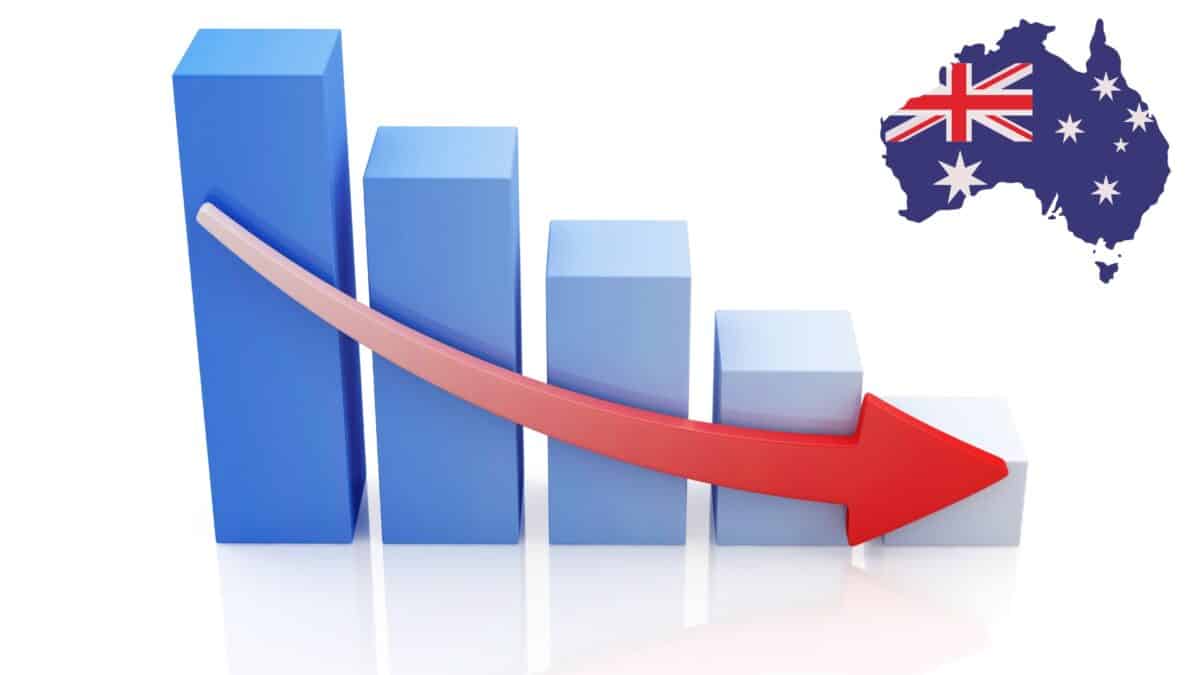Australia has experienced the sharpest fall in real per capita household disposable income among developed nations, according to data released by the Australian Bureau of Statistics (ABS) and confirmed by new figures from the Organisation for Economic Co-operation and Development (OECD). The decline, measured at approximately 8% from its peak in mid-2022, marks the largest recorded income collapse in Australian history.
In 2024 alone, Australia’s real per capita household disposable income fell by 1.1%, contrasting with a 1.8% increase across the OECD as a whole. Only Finland also recorded a decline, at -0.4%, underscoring the severity of Australia’s economic divergence. These results place Australia at the bottom of the OECD rankings for household income growth last year.
Stagnation Since The Pandemic
When benchmarked to Q4 2019, just before the onset of the COVID-19 pandemic, Australia’s real per capita household disposable income has increased by just 0.1%, far below the 9.3% gain recorded across the OECD. The data reflect prolonged stagnation and signal a broader economic underperformance relative to other advanced economies.
Comparative figures with fellow English-speaking nations highlight the gap: Canada saw an increase of 5.5%, the United States rose 8.6%, and the United Kingdom posted a 2.5% gain since Q4 2019. These numbers emphasize that Australia’s income trajectory has not kept pace with global or regional peers over the past five years.

Long-term Trends Show Widening Gap
Extending the analysis back to Q1 2007, Australia’s cumulative growth in real per capita household disposable income is 18%, while the OECD average stands at 27%. This longer-term comparison points to a sustained pattern of underperformance that predates the pandemic and reflects broader structural economic challenges.
Key factors contributing to the slowdown include sluggish labour productivity growth and a projected decline in Australia’s terms of trade. Without improvements in these areas, analysts warn that the country’s real income levels may continue to stagnate, raising concerns about the potential for another decade of economic stagnation.










